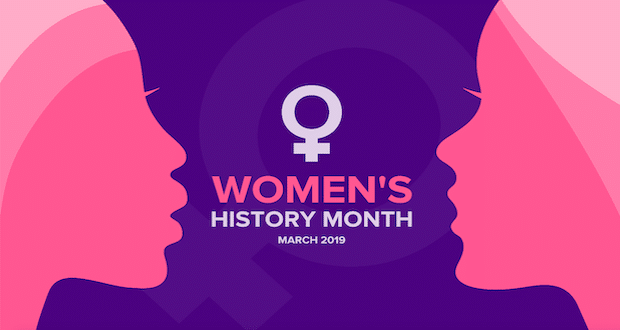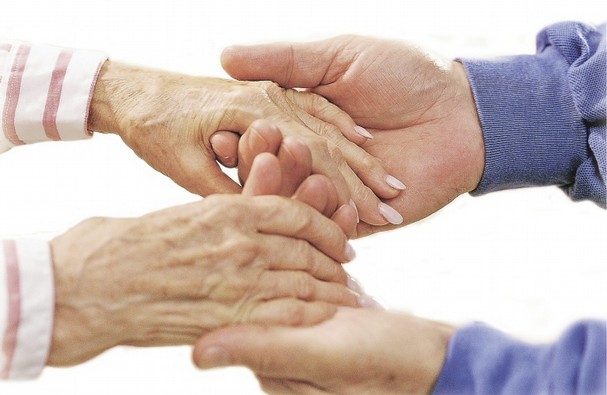The Significance Of Women’s History Month
Women history month is an annual celebration in March showcasing the contributions of women to society. Women’s history week is also part of the worldwide observance of the International Women’s day which is held annually on March 8th.
The U.S has observed this important period recognizing and celebrating women throughout March for three decades. While this celebration takes place in the U.S, Australia, and the U.K. in March, Canada has its celebration in October in conjunction with the celebration of Person’s Day.
The History
The beginning of women’s history month traces back to the first international women’s day in 1911. The women’s history week celebration was initiated in 1978 by the Education Task Force of the Sonoma County Commission on the Status of Women in California.
In 1986, March was declared as Women’s History Month by fourteen States in the U.S. This action propelled Congress to declare the entire month of March as Women’s History Day in 1987.
Yearly, there’s a special presidential proclamation to honor the remarkable contributions and achievements of American women. This period also serves as an opportunity to reflect on some of the challenges women are facing in the world.
The celebration cuts across the country with numerous schools and community parades. Art exhibitions, lectures, and health screenings are also some of the activities that highlight the contributions women make to society.
Facts About Women’s History Month
Women in several countries started organizing movements to vote, fight for their rights, and run for office in the mid-19th century. These women were later referred to as Suffragists.
In 1920, the United States and other countries including Canada, Germany, Iceland, Netherlands, and Denmark granted women the right to vote.
The first Women’s Right Convention (Seneca Falls) led by Lucretia Mott and Elizabeth Cady Stanton was held in 1848.
Together with prominent women’s rights activist, Millicent Fawcett and Carrie Champman Catt formed the International Women’s Suffrage Alliance in 1904.
The Significance of the Women’s History Month
Two notable factors led to the emergence of women’s history. The movement of women in the sixties caused women to question their absence in Traditional American history texts. The movement also created inspirations and opportunities for women leading to the growing number of female historians.
The continuous fight for women rights has provided a platform for many women to speak out. They can also hold important positions in public sectors, and finally, have a voice.
Today, women occupy about 17 percent of the U.S Congressional and Senate seats. Likewise, in sports, women now participate in other activities besides the Figure skating event.
Due to the women’s rights movement, many women around the world today can contribute to society. Their celebration is an ideal vehicle for presenting women’s history.
It covers diverse subjects such as female education, sexuality, equal rights, and child rearing. This month and its celebration of women reminds every woman of gender equality promoting a fair treatment for men and women accordingly.
Like Women’s History Month, the celebration of Mother’s Day is also to appreciate mothers all over the world. However, many are unaware of its origin. Read on to find out the history and background of Mother’s Day.






